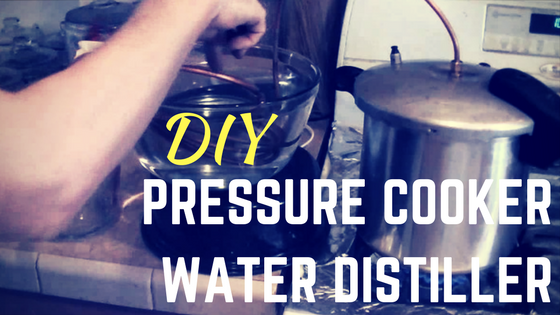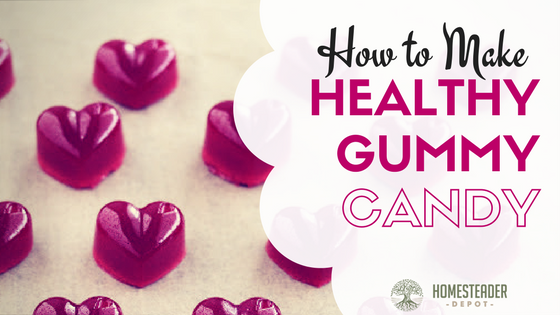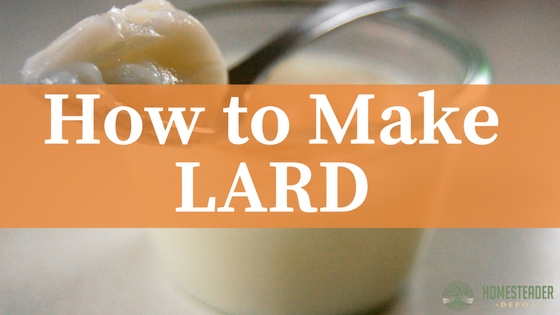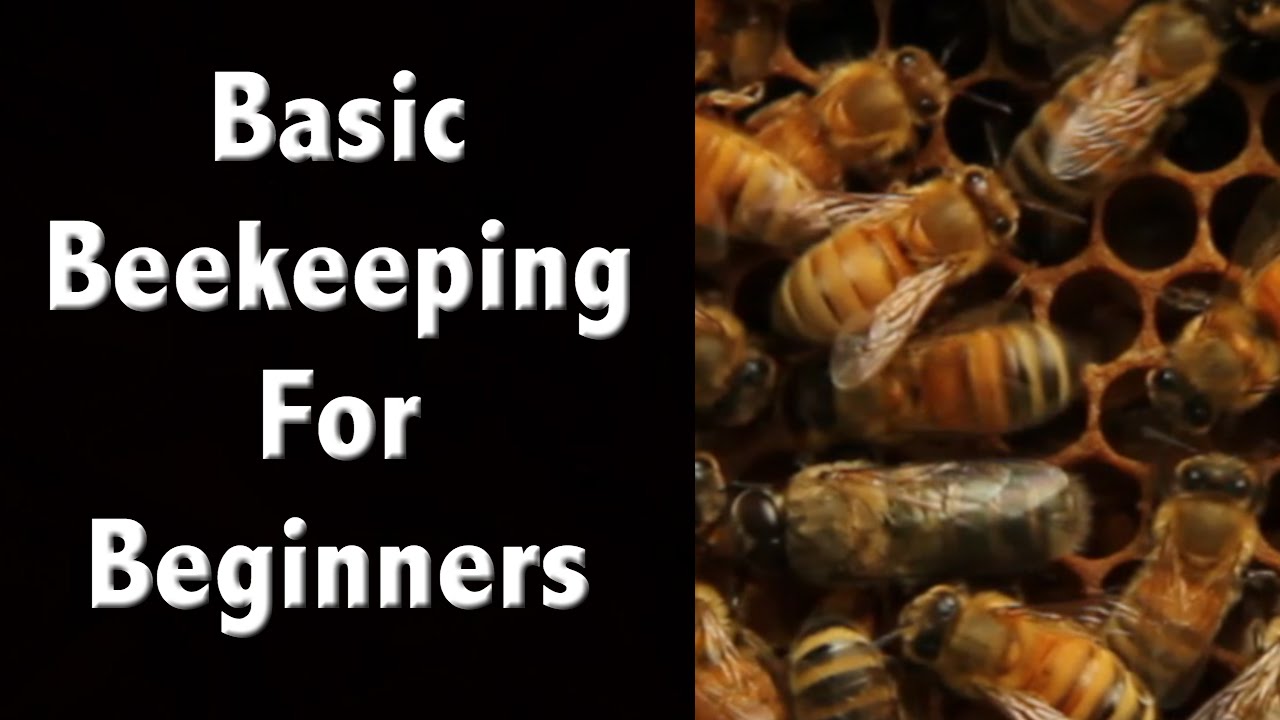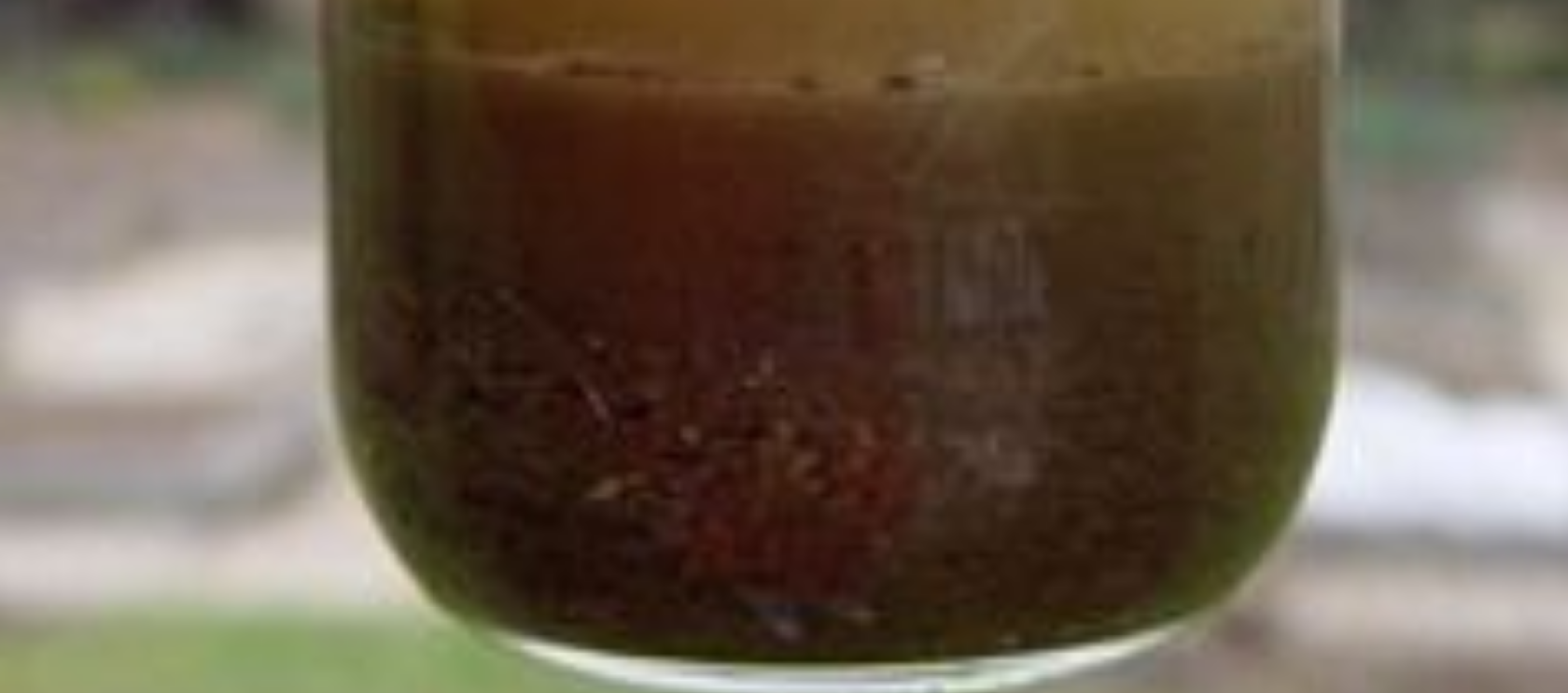DIY Pressure Cooker Water Distiller (Video)
If you’re a homesteader, you probably have been faced with the question of how to ensure your family is getting the best drinking water, or how to purify water in the event of possible contamination of your water source. There are a lot of different options out there for water purification, and distilling water is … Read more

